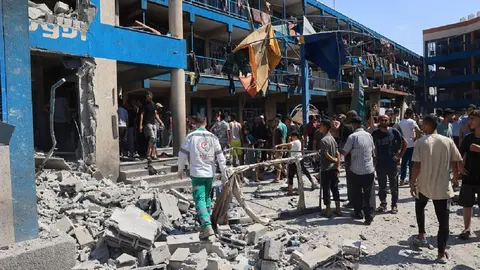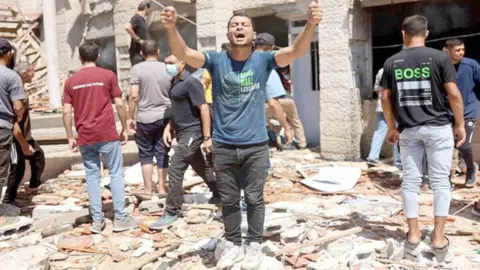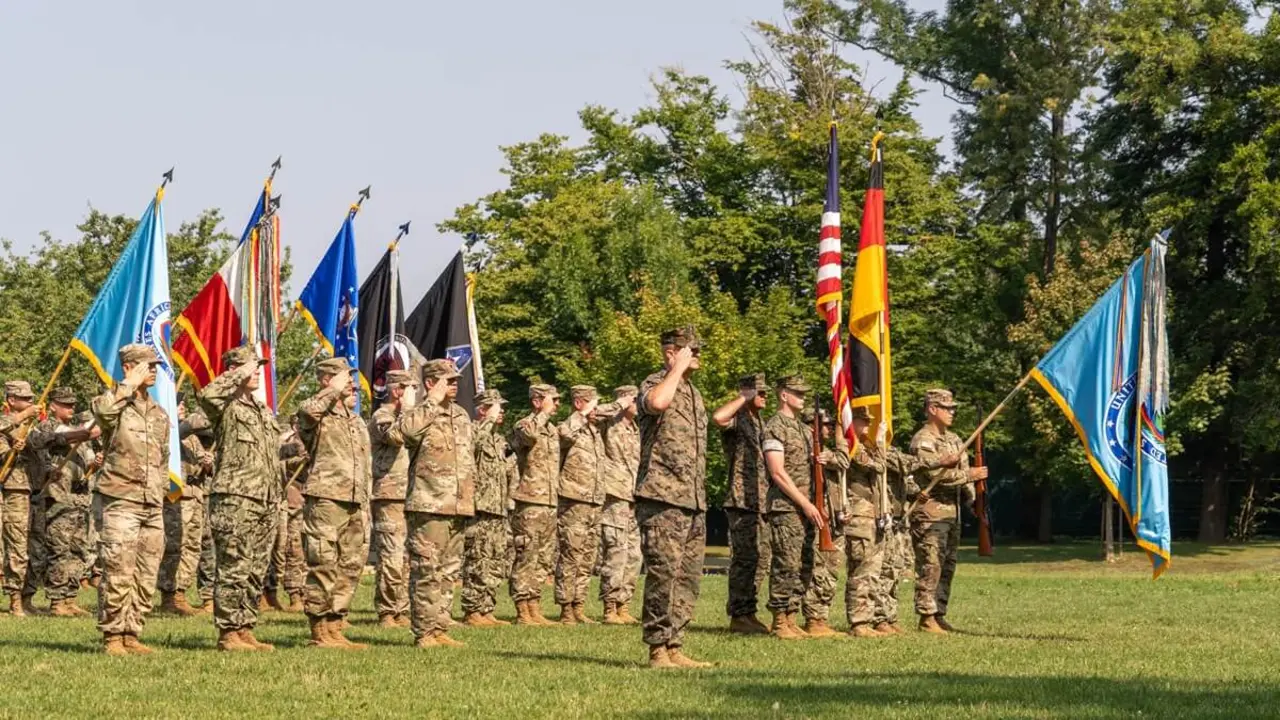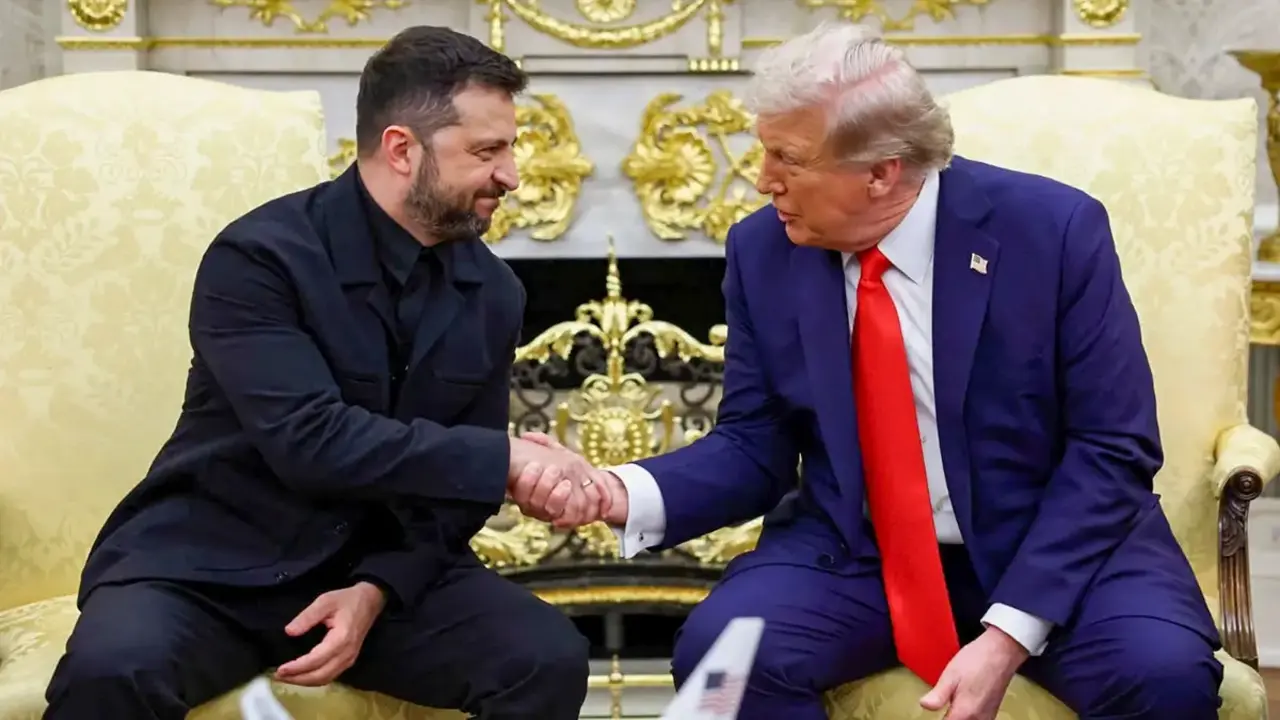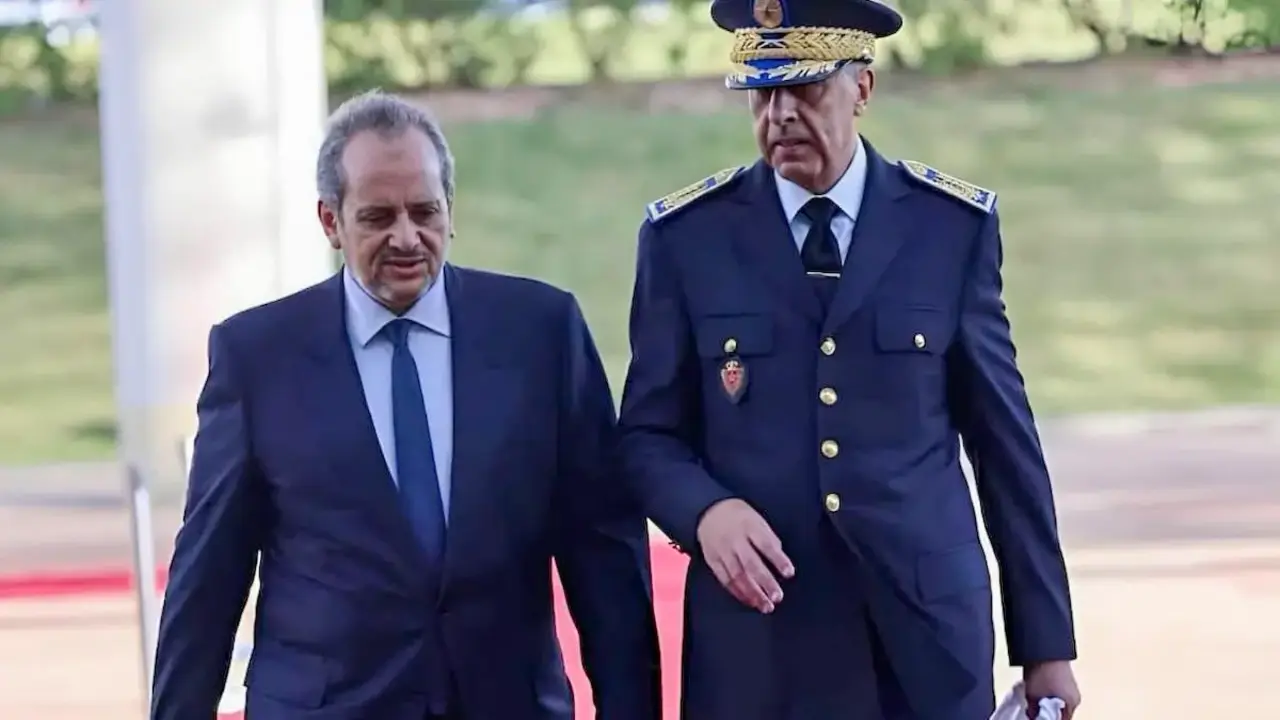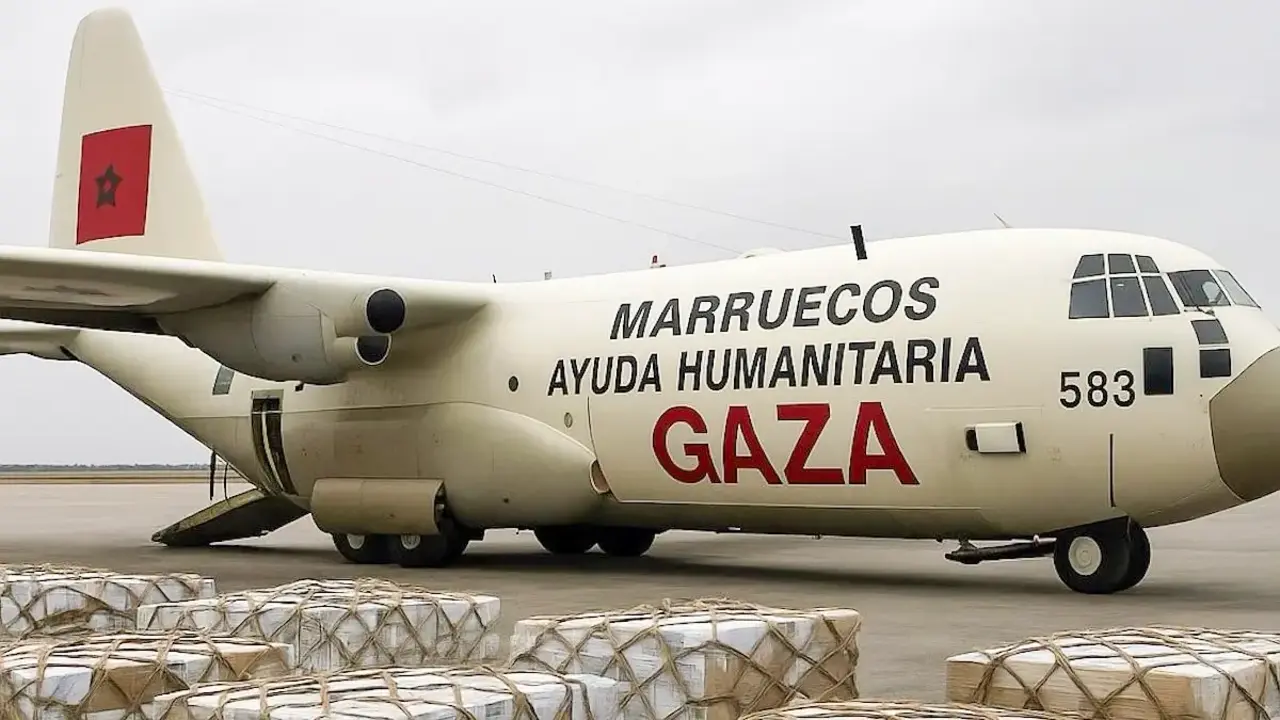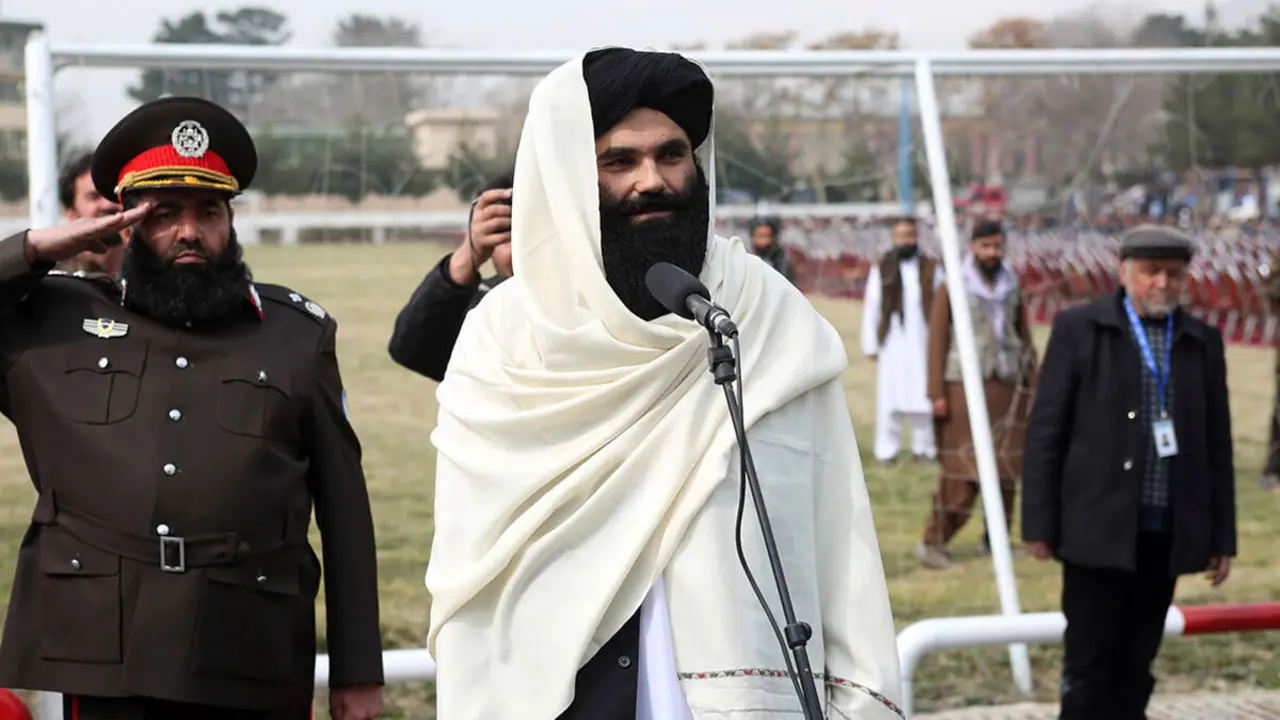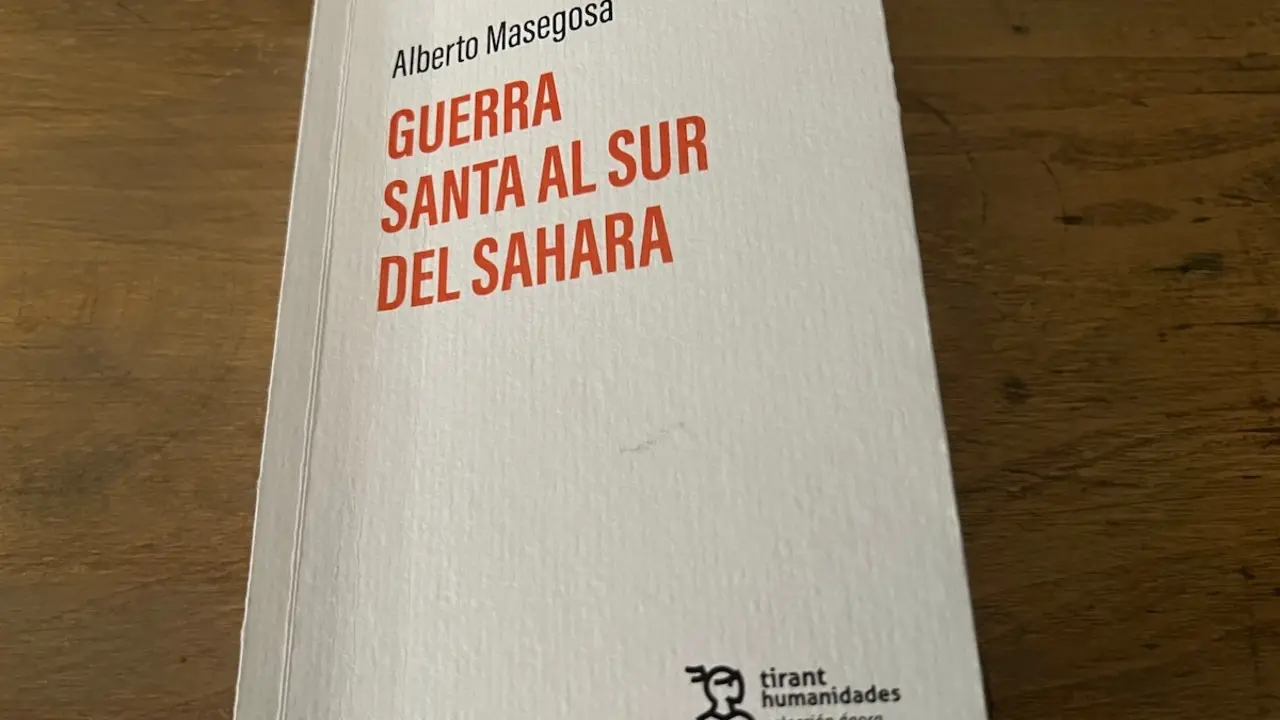Israel claims to have wiped out half of Hamas military leadership
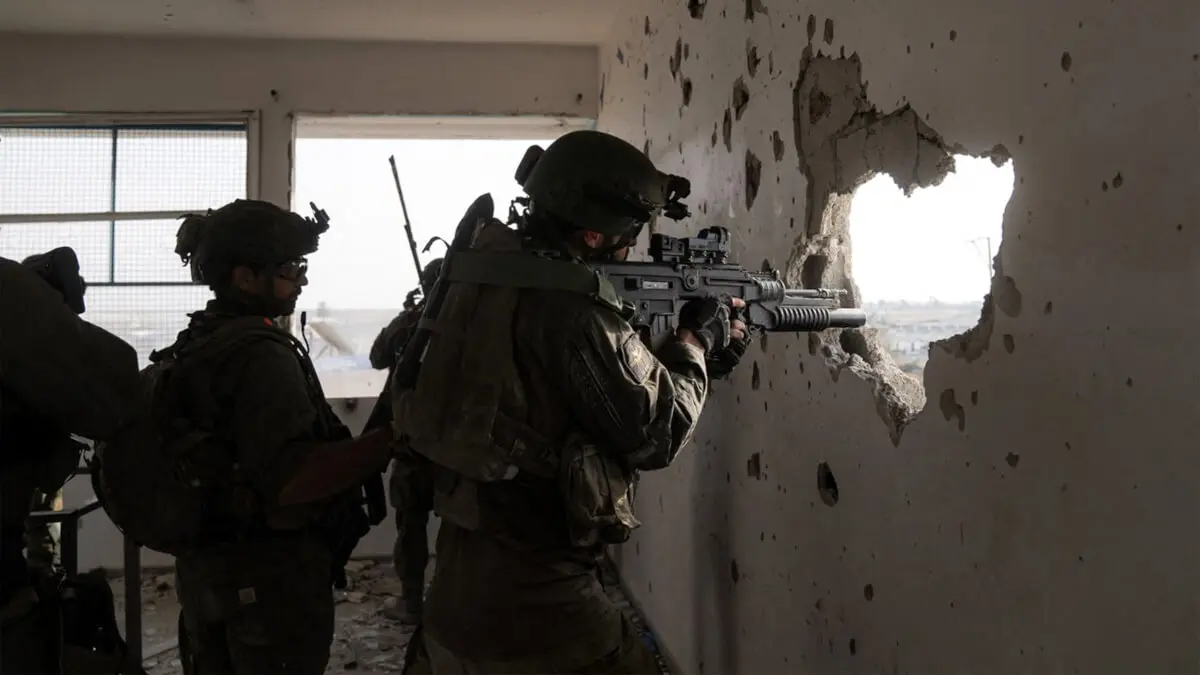
More than nine months after the start of the war in the Gaza Strip, Israel claims to have wiped out half of Hamas' military wing. Approximately 14,000 of the terrorist group's fighters have since been eliminated or captured, according to an Israeli army statement.
"The IDF continues its crucial mission to pursue the top leadership of the Hamas terrorist organisation as part of the goal of dismantling the group's capabilities," Israeli military officials said.
The IDF claims to have eliminated senior commanders - more than 20 battalion commanders and approximately 150 company commanders - and destroyed thousands of militant targets.
In total, it is estimated that approximately 37,000 targets were destroyed from the air, as well as more than 25,000 infrastructure and missile launching points. The Southern Command's fire control centre, in cooperation with the Israeli Air Force, is responsible for launching air strikes against rocket launching sites in Israel and against Israeli forces in Gaza.
In this regard, Israel once again accuses Hamas of using Gazan civilians as human shields since, according to the IDF, "terrorists embed and establish bases in sensitive locations throughout the Gaza Strip, such as hospitals, schools and humanitarian shelters".
On several occasions, the Israeli army has released images of tunnel entrances or weapons in places such as schools or even children's rooms. "These areas are cynically exploited by terrorists who try to use them as hideouts and bases for terrorism," the military statement said, stressing that "attacks on these infrastructures are carried out in accordance with international law, in order to prevent the re-establishment of the capabilities of terrorist organisations".
Extreme Makeover: Hamas Edition
— Israel Defense Forces (@IDF) July 16, 2024
This time, Hamas has decided to incorporate a terrorist tunnel entrance inside an apartment.
This isn't what one would typically expect for a remodel, but that's what happens when these terrorists decided to renovate their apartment. pic.twitter.com/cY1kc5bxUo
Regarding Hamas tunnels, the Southern Command's engineering unit has developed an action plan against Hamas's underground system and "continues to map and dismantle it thoroughly". "So far, the IDF has dismantled dozens of production centres and workshops, as well as offensive and strategic underground tunnel routes," it adds.
The statement also highlights intelligence efforts that support the combat forces operating in the Strip. "This intelligence allows for the execution of a series of initiated operations and targeted raids against terrorist infrastructure and operatives, based on precise intelligence indications," it concludes.
Next to the terrorist compound, our troops previously exposed and operated against an underground tunnel route and a significant asset of Hamas' military intelligence that passed under the building that served as UNRWA's HQ in Gaza.
— Israel Defense Forces (@IDF) July 12, 2024
In additional scans carried out by the troops… pic.twitter.com/NzvsHddg1o
IDF ground, air and naval forces have been operating in Gaza for more than 260 days to achieve the objectives set by Jerusalem: to completely destroy Hamas' military infrastructure and rescue the more than 100 Israeli hostages still held hostage in the Palestinian enclave. In this regard, Israeli troops have rescued seven hostages alive and the bodies of 19 hostages, including three mistakenly killed by the Israeli army, have also been recovered.
More than nine months after Hamas members invaded southern Israel and killed 1,200 people and kidnapped 250 others - 105 of whom were released during a November truce - the families of the hostages continue to press for another ceasefire to allow for the release of the remaining hostages.
The families of female hostages - Agam Berger, Daniella Gilboa, Liri Albag, Naama Levy, and Karina Ariev - have decided to share these photos of the young women from their early days in captivity.
— Aviva Klompas (@AvivaKlompas) July 16, 2024
Nine months has passed since these images were taken. We need to free these women… pic.twitter.com/s8Rym6w2g7
Pressure on the Benjamin Netanyahu-led government has intensified after new photographs were published of the five hostages who were abducted from the Nahal Oz base on the morning of 7 October: Liri Albag, Karina Ariev, Agam Berger, Daniela Gilboa and Naama Levy.
The images of the five young women aged between 18 and 20 who were stationed at Nahal Oz for surveillance purposes were taken during the first days of their captivity and are believed to be part of a video, according to Israeli media.
One of them, Naama Levy, is shown with a severely bruised right eye. Another image shows four of the girls sitting on a bed in an empty room; two of them, Gilboa and Ariev, have their heads bandaged. In the room, in addition to mattresses and blankets, there is also a framed photo of Hamas leader Ismail Haniyeh.

